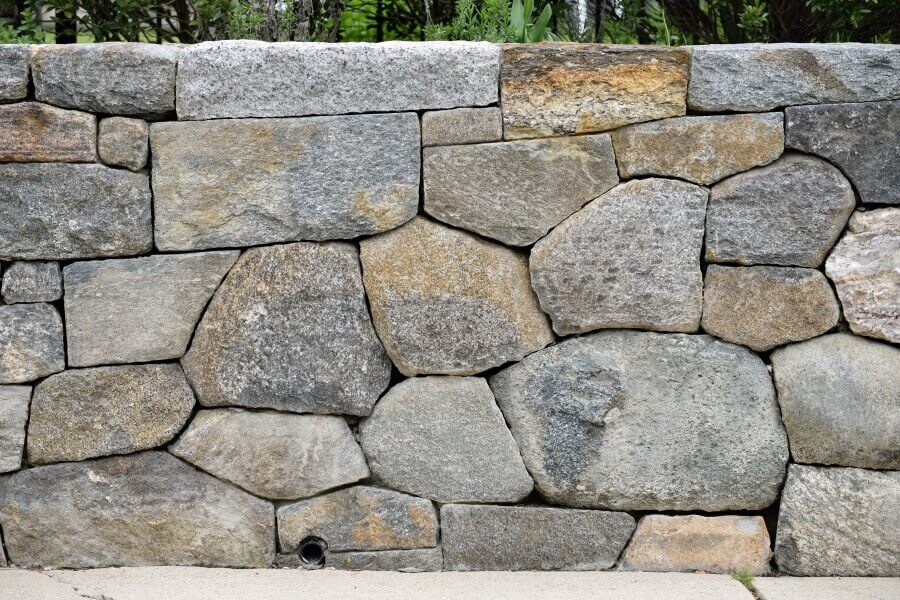Building a retaining wall is no small task. It requires careful planning, attention to detail, and an understanding of the various factors that can affect its success. But don’t worry! In this blog post, we’ll go over the four main things you need to consider when designing your retaining wall. Read on to learn more.
Location and Site Conditions
The first step in designing your retaining wall is selecting the ideal location for it. You’ll need to consider the soil composition, slope of the land, water table levels, and other site conditions to determine where to build the wall. Additionally, you’ll want to make sure that the area around your wall is large enough for construction equipment and personnel access.
Wall Height & Width
The height and width of your retaining wall will depend on its purpose. If you’re building a decorative feature for aesthetic purposes, then you’ll likely want a shorter, narrower structure. On the other hand, if your goal is to create an effective barrier against soil erosion or flooding, then you’ll need a larger and sturdier structure that can withstand high water pressure and shifting ground conditions.
Materials Used
The materials used in your retaining wall are also crucial, as they not only affect its final look but also play a huge role in determining its durability and longevity. Popular materials include concrete blocks, bricks, stones, timbers, steel beams, and poured concrete. Each material has its inherent strengths and weaknesses, so you need to do some research before deciding what type of material you should use for your project.
When designing a retaining wall, a variety of factors need to be taken into account, from the location and site conditions to the materials used. Before beginning construction, you should take as much time as possible to ensure that everything is in perfect order. It is possible to create an effective and beautiful retaining wall that will last for years to come if you plan carefully and pay attention to detail.

